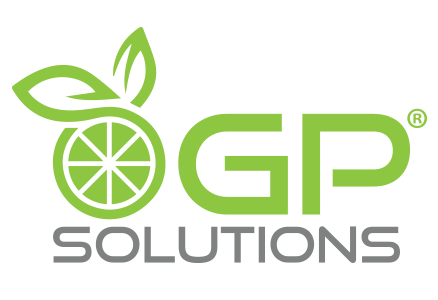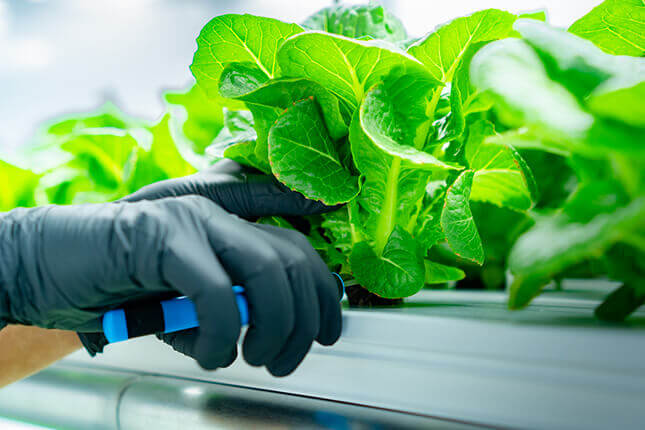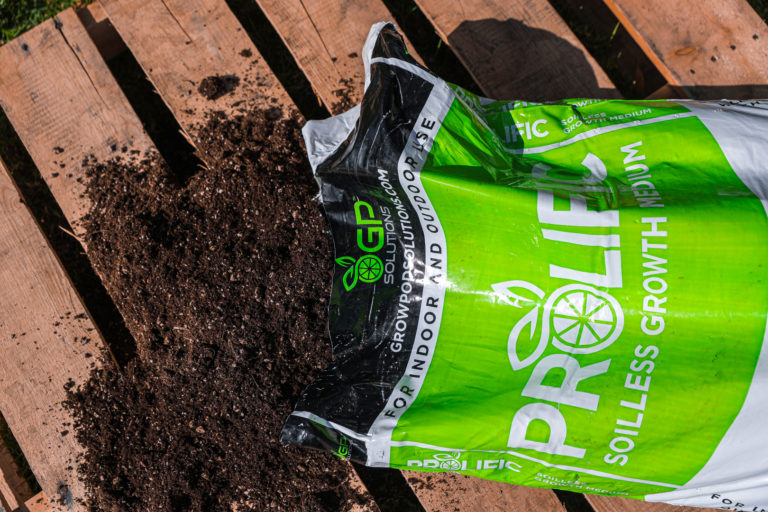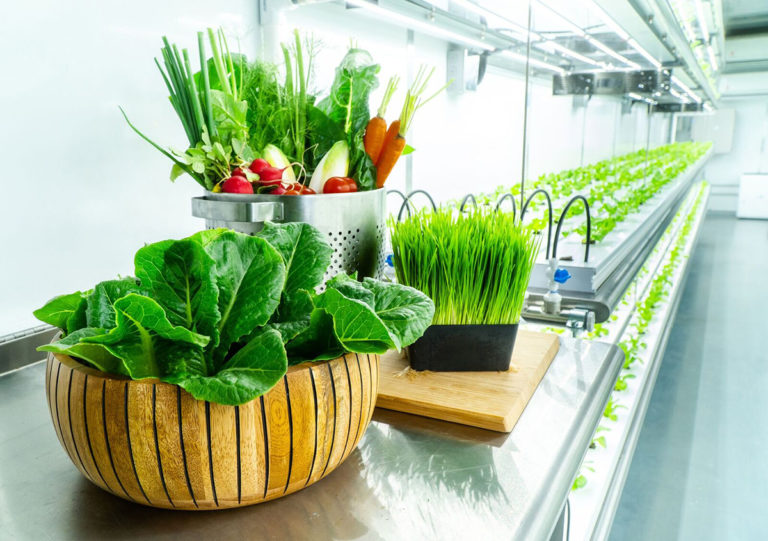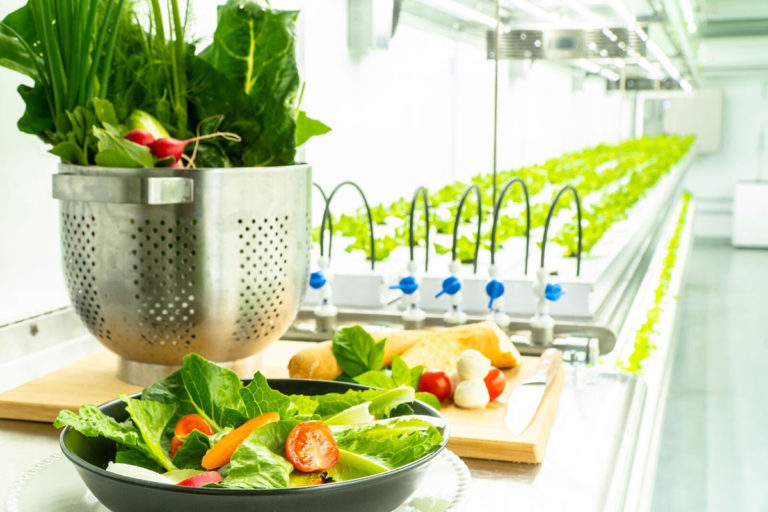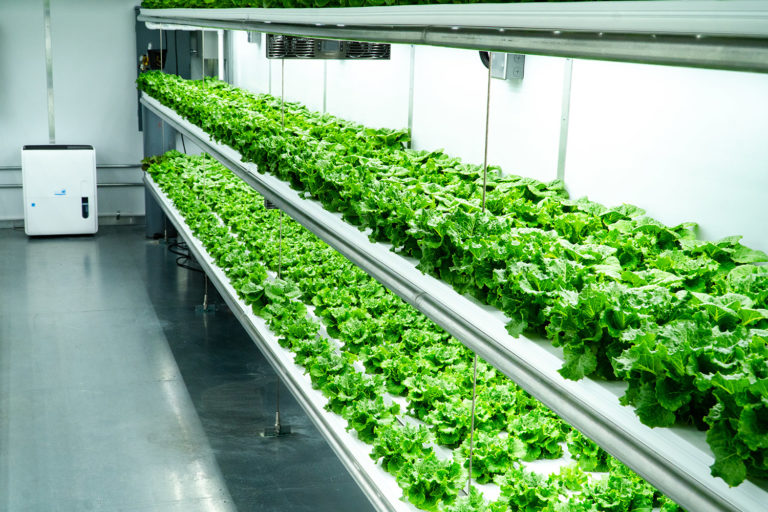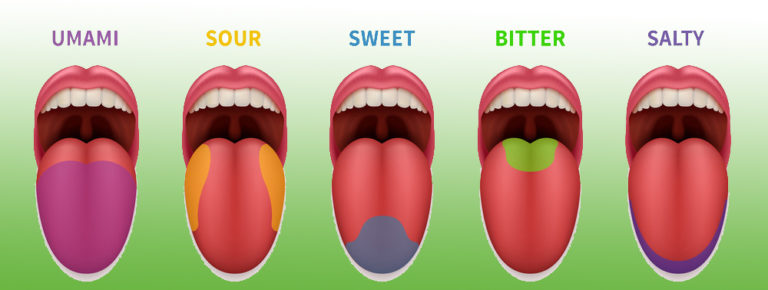Indoor farming will be the next big thing. A revolution in how we grow food, moving the entire agricultural process indoors and even into the city. “Agtech” is a mixture of not only agricultural know-how but also architecture and technology so that the process of growing and consuming food is more aligned with how we actually live. The technology allows more to produce with less space and less resource. For example, it can take as many as 34 gallons to produce a head of lettuce, but there are indoor farmers who already claim to use only .25 gallon.
Show me the Farming Money
This is the next step for indoor farming – nailing the economic argument once and for all. Ultimately anyone who takes on an indoor farming project needs to find a business model that works. One model which is working out well is exploiting indoor farming’s ability to provide complete control over flavour with its potential to be ultra local. New York based FarmOne grows over 300 varieties of microgreen in TriBeCa. They claim they can reach 90 percent of their buyers by bike within 30 minutes. Who needs foods that fresh? Chefs for high-end restaurants including several sporting sought after Michelin stars.
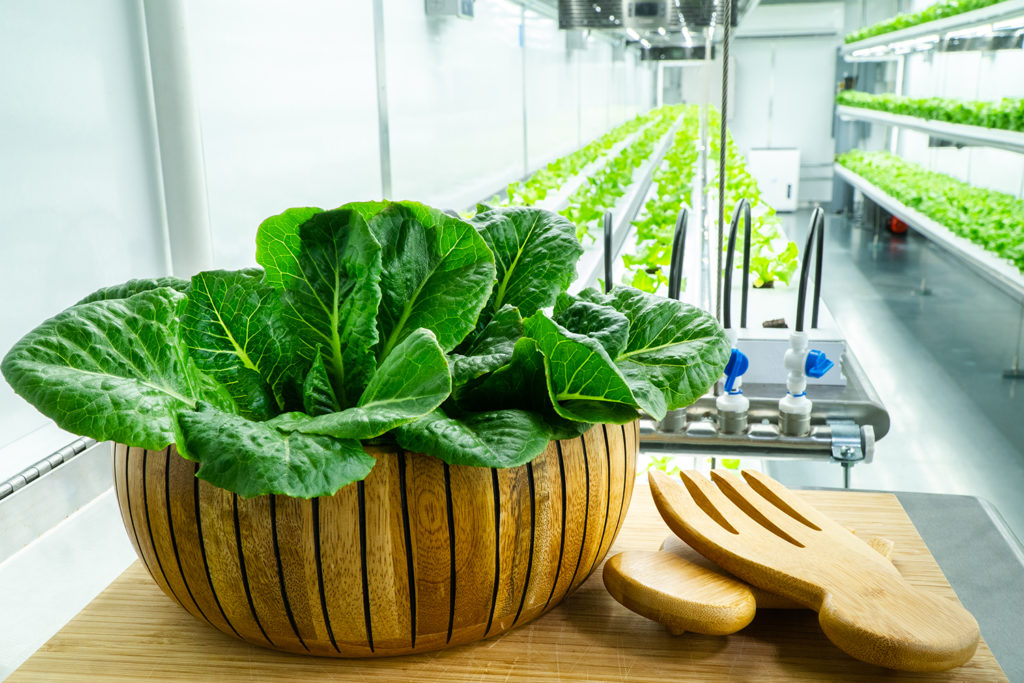
FarmOne is part of the Institute of Culinary Education, so it’s a place for learning chefs as well- this plugs into a network of individuals who will both be buyers as well as students. Although becoming a centre of education may not at first seem to be a commercial opportunity, its economic benefits become clearer.
A question of cost
Even within an economic model, costs will need to be minimised and a frequent complaint is lighting. It’s certainly true that growing indoors requires huge amounts of light. One player in Sweden even tried to use water-cooled LED lights which could then warm the building. oxygen produced by intense photosynthesis would then be pumped back into the aircon. The effect could be to make having an indoor farm actually attractive to real estate developers – it makes the whole building more attractive and cheaper to run for all tenants.
The development of LEDs has been a key part in ensuring modern Indoor Farming can be cost effective. For decades, indoor farming costs were exorbitant as lighting units were huge and energy-hungry. Only highly specialised or profitable crops like marijuana could be grown with any kind of hope of covering the operational costs. Between 2010 and 2014 alone, according to data from the Department of Energy, the price of LEDs dropped by 90 percent, while their efficiency (i.e. the light emitted per unit of energy) and their lifespan nearly doubled. Today, a mainstream LED bulb has about 50,000 hours of usable life, which translates to nearly six years of continuous use.
Indoor farms work best when crops are stacked, making the most of space. This is only possible with modern LED lights which can be tightly packed in and around crops to maximize light access. Older halide or sodium lights produced so much heat that plants would burn underneath them and huge aircon units would be needed to keep temperatures bearable. Startup costs of LED lights are still high but the ongoing operational costs can now be much lower as there been a lot of companies developing new technology of LED for modular and vertical farming systems.
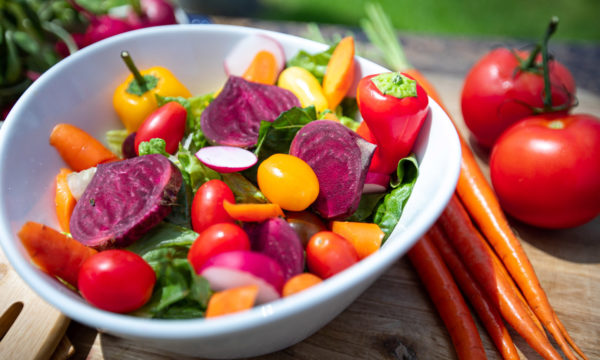
We can work it out
There’s another reason indoor farming is taking off and changing the world and that’s access to labor. In Japan, the average age of a farmer is 67, and candidates to replace them are thinning out, preferring easier jobs in the city. It’s a common story all over the world as the workforce available for farming declines. In many places, farmers have to rely on seasonal workers to fill the gap.
Indoor farms are vastly more efficient and often entirely automated requiring humans just to manage and sometimes pick the crop. One farm in Kyoto, Japan produces 11 million heads of lettuce a year but employs only a dozen humans.
But with all this talk of supply, what about demand? An important aspect to realize is that the consumption of the product is not stable. A 2015 report found that where USDA guidelines suggest each of us in the U.S. should eat up to three cups of vegetables daily, current U.S. production is only providing enough for 1.7 cups per person. The supply gap is even worse in the rest of the world, for example with the burgeoning populations in the Middle East and Asia where a lack of water and high pollution have hampered agriculture.
The full environmental and economic implications still aren’t fully understood. The industry is still in growth mode and is still generating the data needed to fully understand it. But make no mistake: farming will move indoors- will you make room for it?
